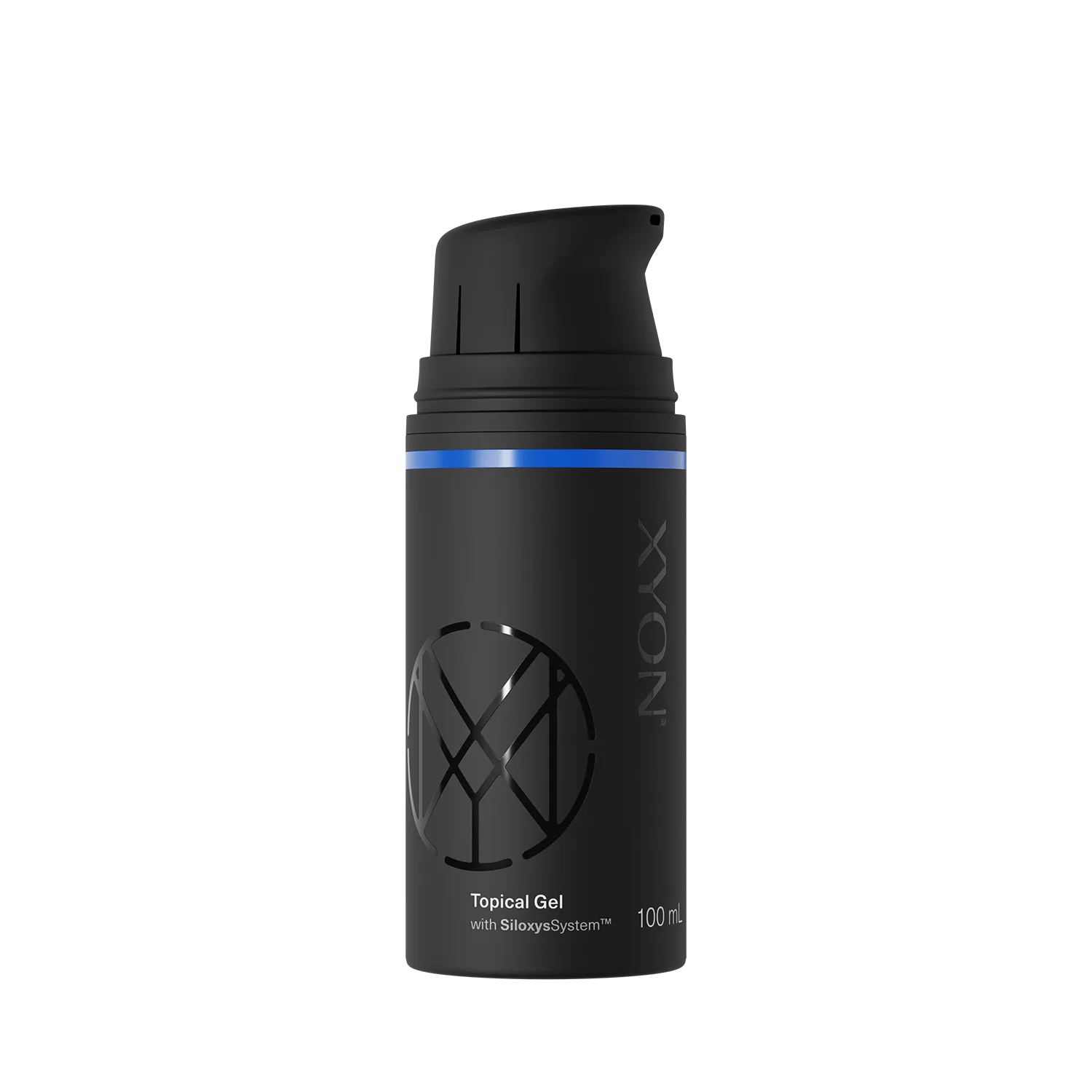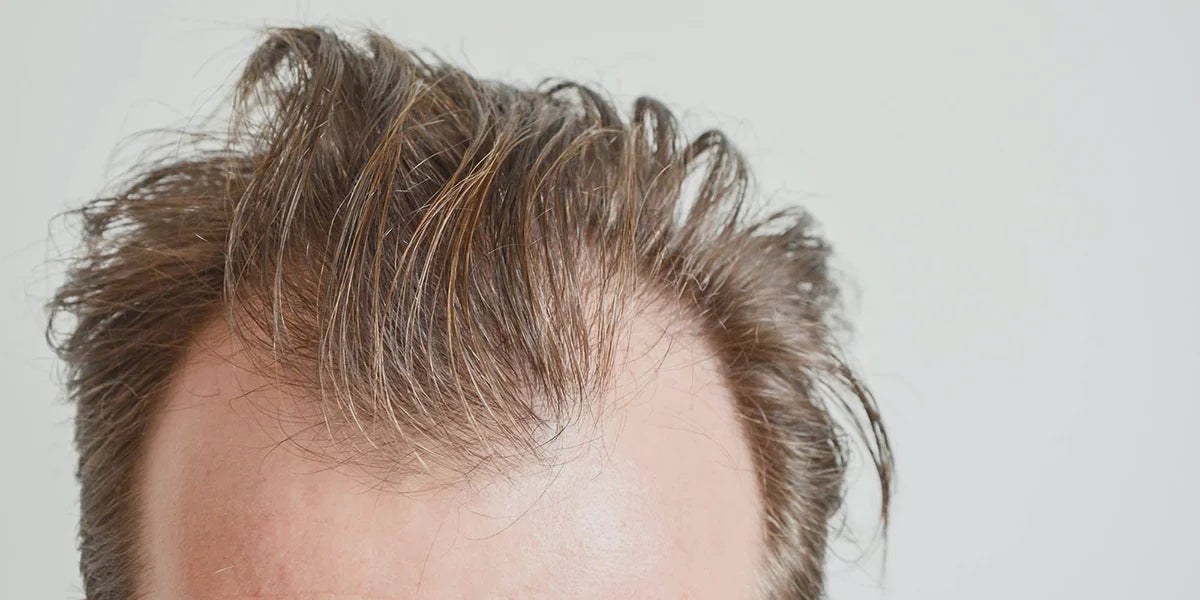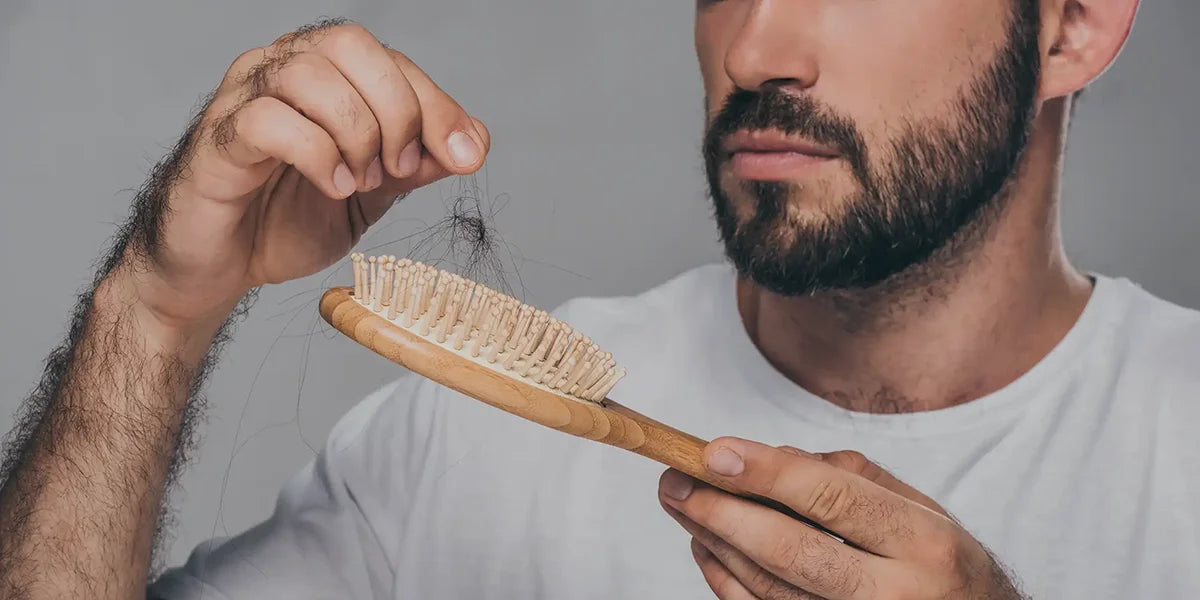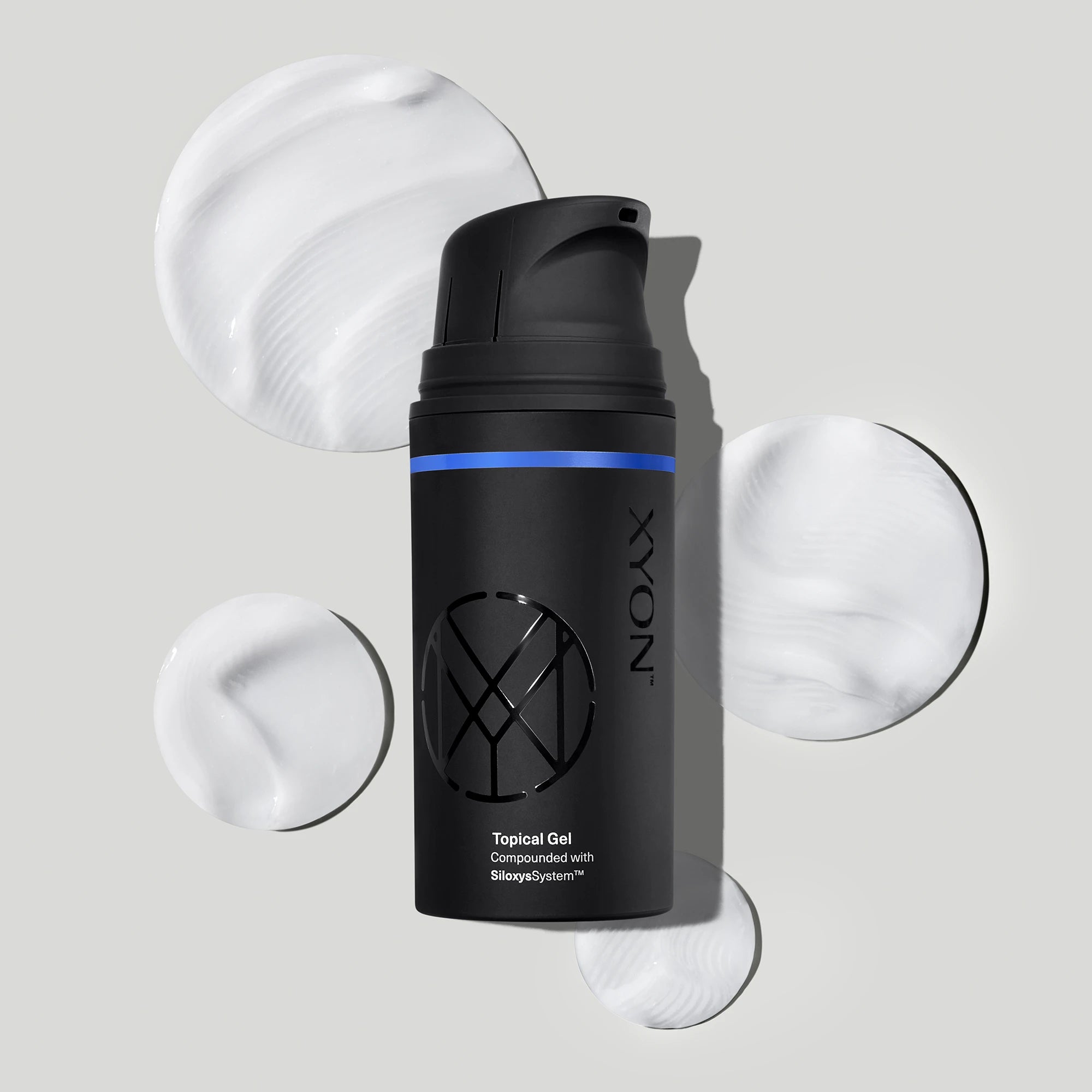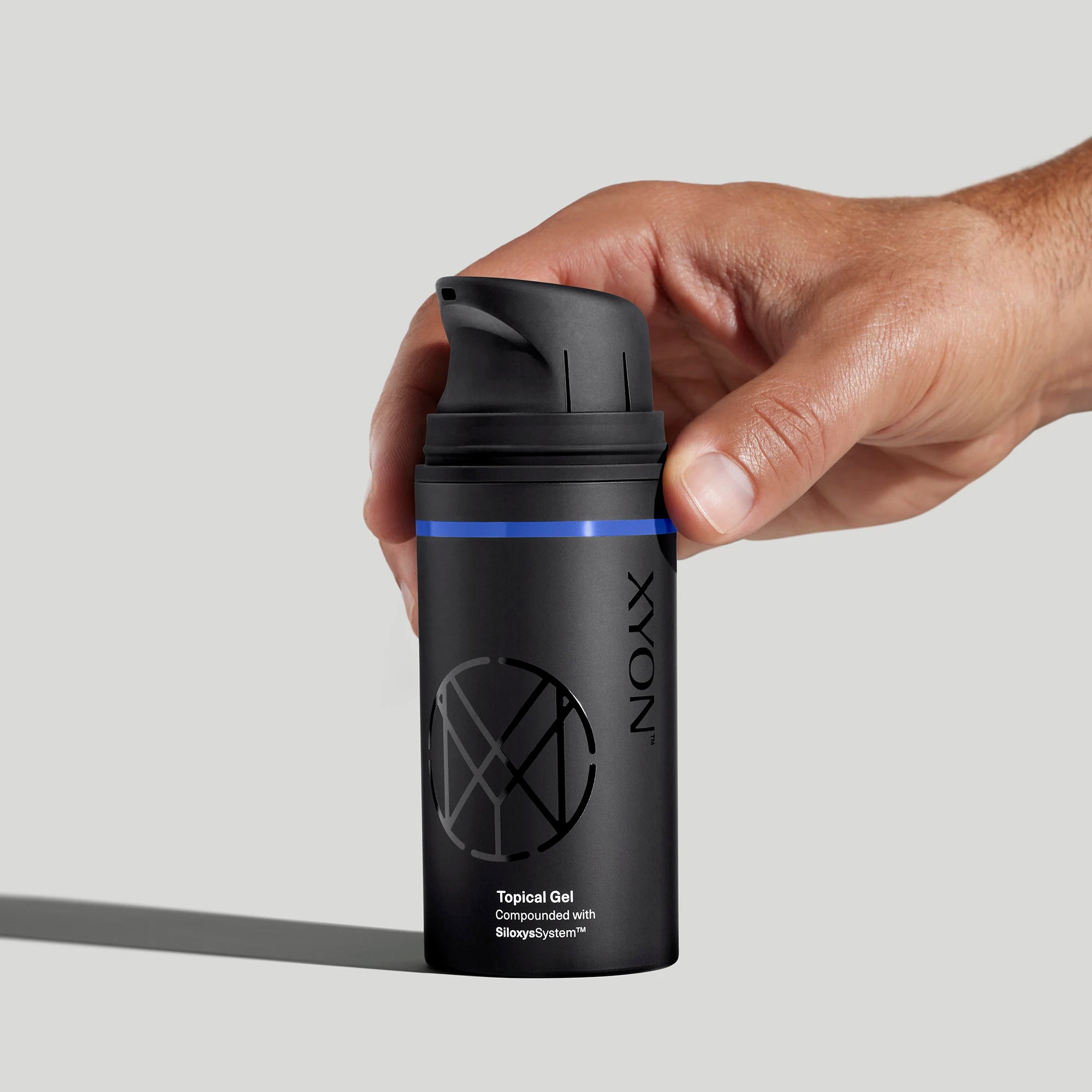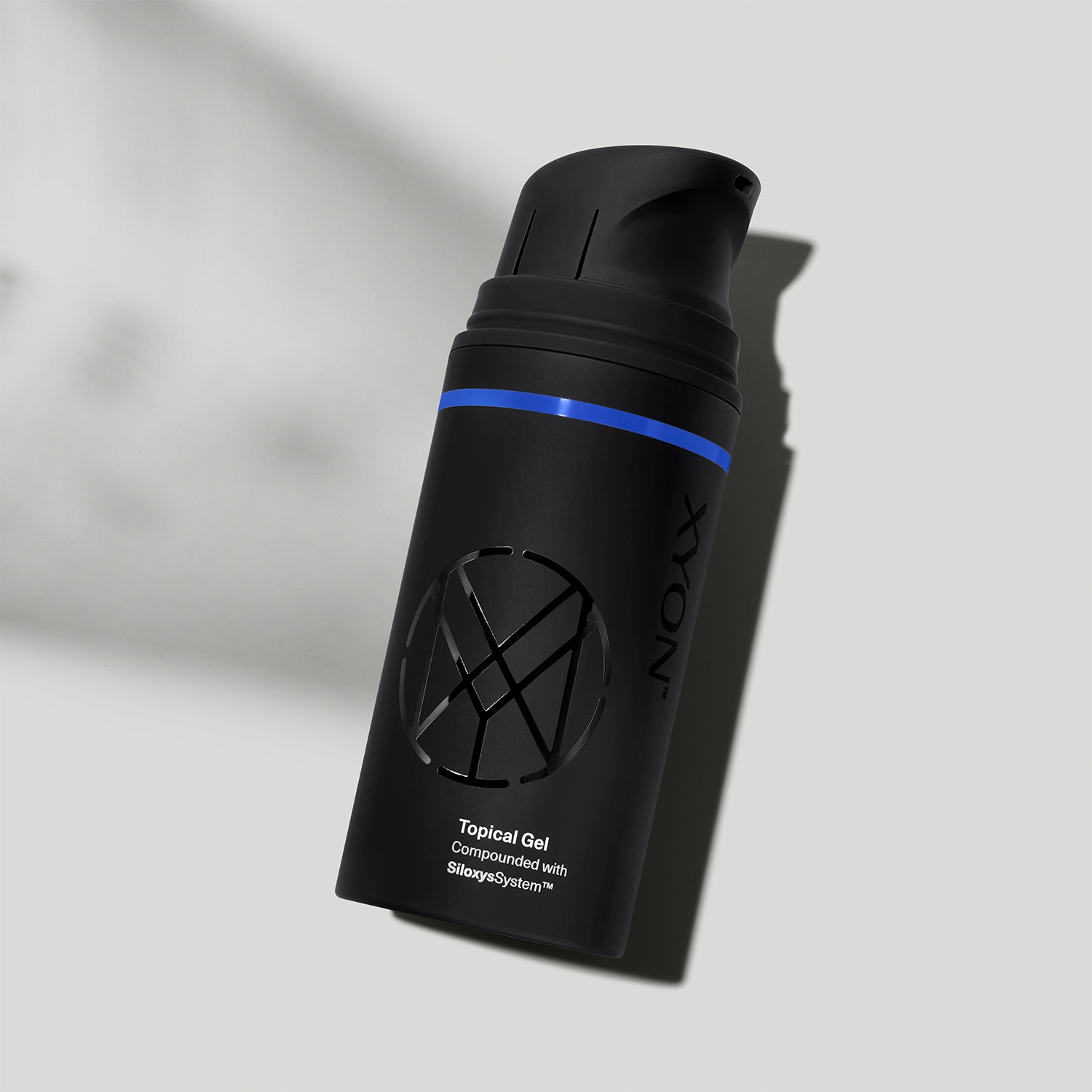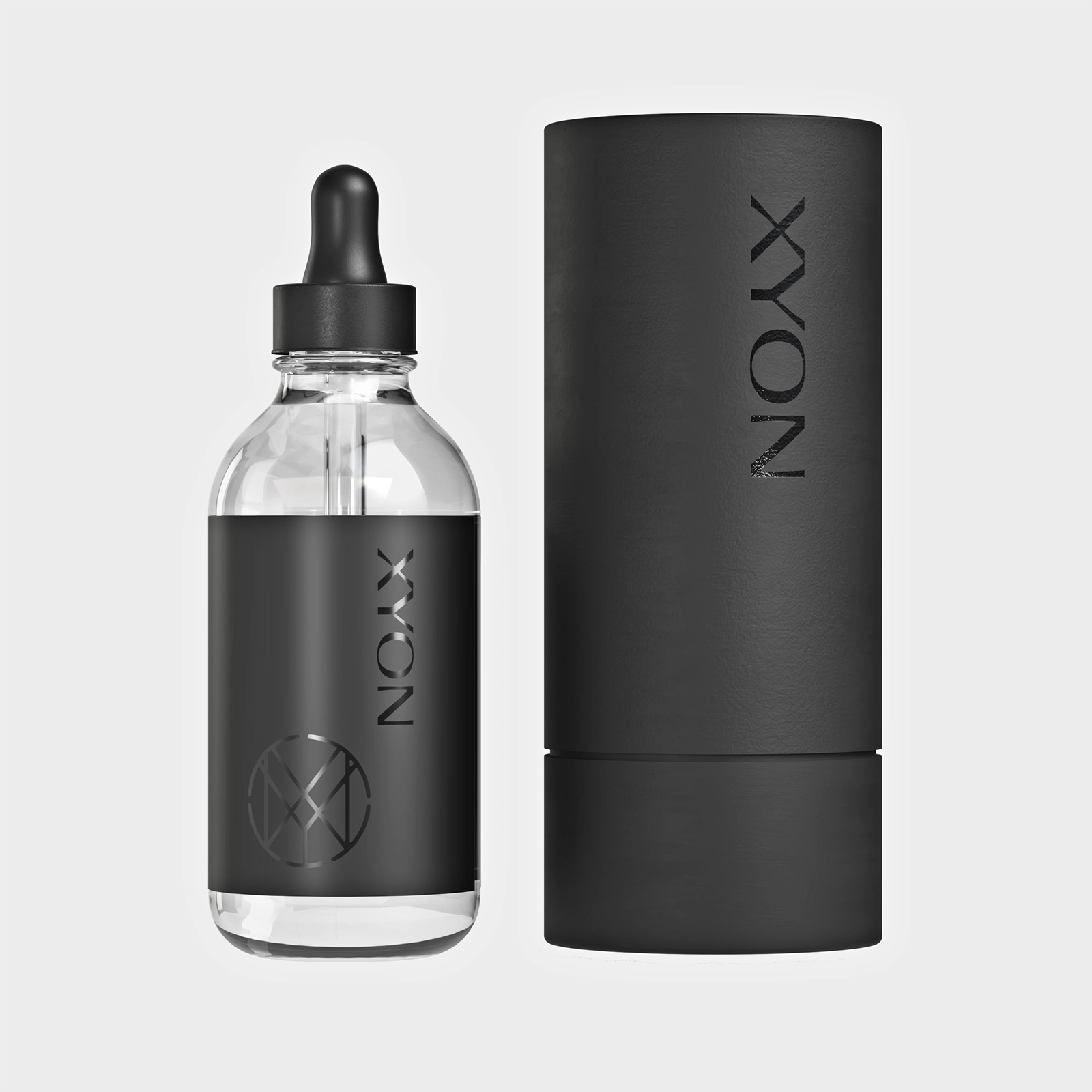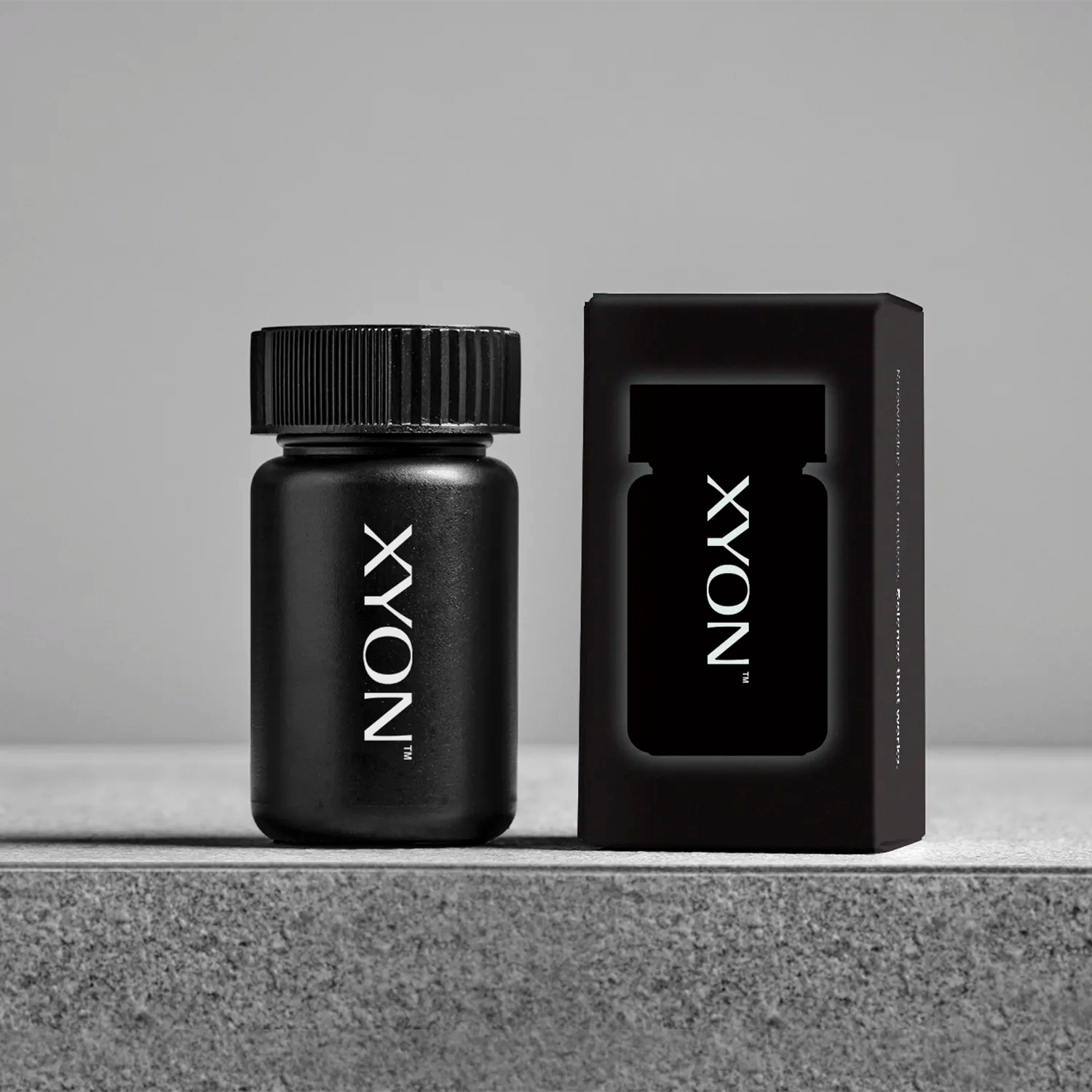
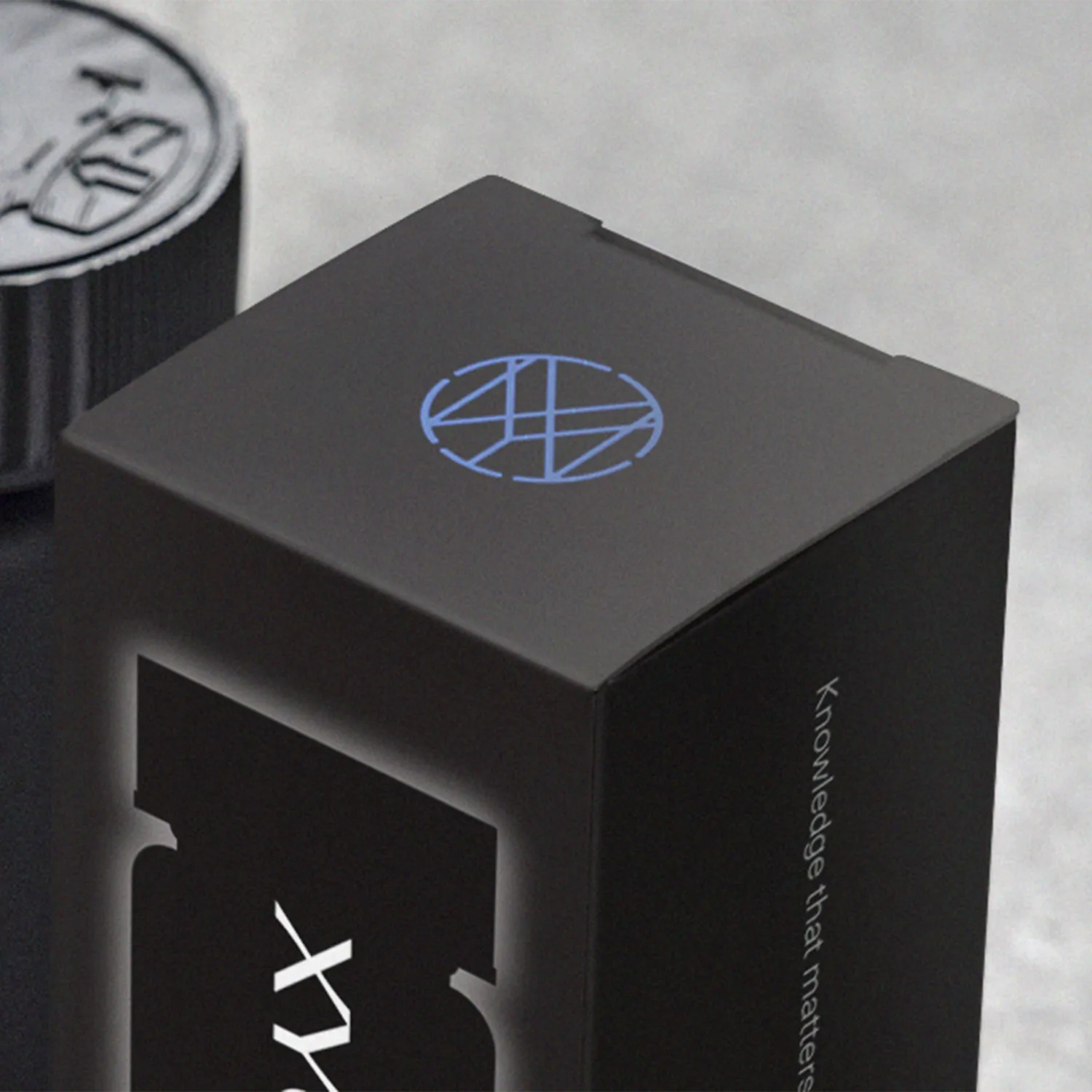
Oral Finasteride
(Delivered every 3 months)
Oral finasteride (generic Propecia) is an FDA-approved treatment for male pattern hair loss. Clinically shown to lower DHT levels, it halts the progression of hair loss and helps promote hair regrowth. Treat a receding hairline, bald patches or thinning hair with this doctor-recommended treatment.
How the Treatment Works
With just a single tablet, finasteride effectively blocks production of the hormone DHT, a potent androgen (male sex steroid hormone) known to trigger pattern hair loss in some men.
Ingredients
Finasteride: A type of medication called a 5-alpha reductase inhibitor. It works by preventing the 5-alpha reductase enzyme from transforming testosterone into DHT.
How to Access a Prescription
- Start by completing a virtual intake to get assessed by a specialist physician.
- A doctor will review the info and photos you provide to determine if you're eligible for treatment.
- If you're prescribed a treatment, we'll deliver it directly to your doorstep.
Safety Information
Before you start using finasteride and each time you get a refill, please review this important safety information. This information may be updated. It does not replace discussing your medical condition or treatment with your doctor or healthcare provider.
What is the FDA approved use of finasteride?
- Finasteride is FDA-approved as an oral medication to treat benign prostatic hyperplasia (Proscar) and androgenetic alopecia (Propecia) in men.
- Finasteride has not been FDA-approved for topical use in men or women. However, it may be prescribed off-label in topical compounded formulations to treat hair loss. Please note that oral finasteride has also not been approved for use in women, for any indication.
What should I tell my healthcare provider before taking finasteride?
Please inform your doctor or healthcare provider if any of the following apply:
- You have a personal or family history of prostate cancer, breast cancer
- You have prostate or urinary symptoms such as reduced urine flow, difficulty urinating or pain
- You have a history of any serious mental health conditions
- You are pregnant, trying to get pregnant, or are breastfeeding
Who should not take finasteride?
You should not take finasteride if you:
- Have ever had an allergic reaction to finasteride or any other ingredients in the treatment
- Finasteride should not be used by women who are pregnant, may be pregnant or are breastfeeding
- Finasteride should not be used by infants or children
What are the possible side effects of finasteride?
The following side effects have been reported with finasteride use:
- Breast tenderness and enlargement. You should inform your doctor or healthcare provider if you notice any breast lumps, pain or nipple discharge
- Depression, anxiety, brain fog, suicidal ideation
- Decreased libido (sex drive)
- Allergic reactions (e.g., rash, itching, hives and swelling of the lips, tongue, throat, and face)
- Problems with ejaculation
- Testicular pain
- Erectile dysfunction (difficulty achieving or maintaining an erection)
- Male infertility and/or poor semen quality
Please note that finasteride has only been formally studied in male patients, so the side effect profile above is specific to clinical studies in men. Preliminary data on the use of finasteride in female patients has shown the following possible side effects:
- Decreased libido (sex drive)
- Breast tenderness and enlargement
- Mood changes (e.g., depression)
- Fatigue
- Muscle soreness
- Weight gain
There is some evidence that finasteride can increase the risk of some breast and prostate cancers.
The above lists do not represent all potential side effects, medication interactions or study data relating to the safety of finasteride. It is important to talk to your doctor, healthcare provider and/or pharmacist if you are experiencing any side effects. A comprehensive review of the potential safety risks of using finasteride can be found at this link: https://pubmed.ncbi.nlm.nih.gov/27672412/.
If you are experiencing a medical emergency or allergic reaction, call 911 or seek immediate medical attention. You are encouraged to report negative side effects of prescription products to the FDA. Visit www.fda.gov/medwatch or call 1-800-FDA-1088. Additional safety information can be found here, in the Digital Prescriber’s Reference for finasteride: https://www.pdr.net/drug-summary/?drugLabelId=378.
* Oral finasteride is FDA-approved for the treatment of male pattern hair loss. Only available if prescribed after an online consultation with a licensed healthcare provider.

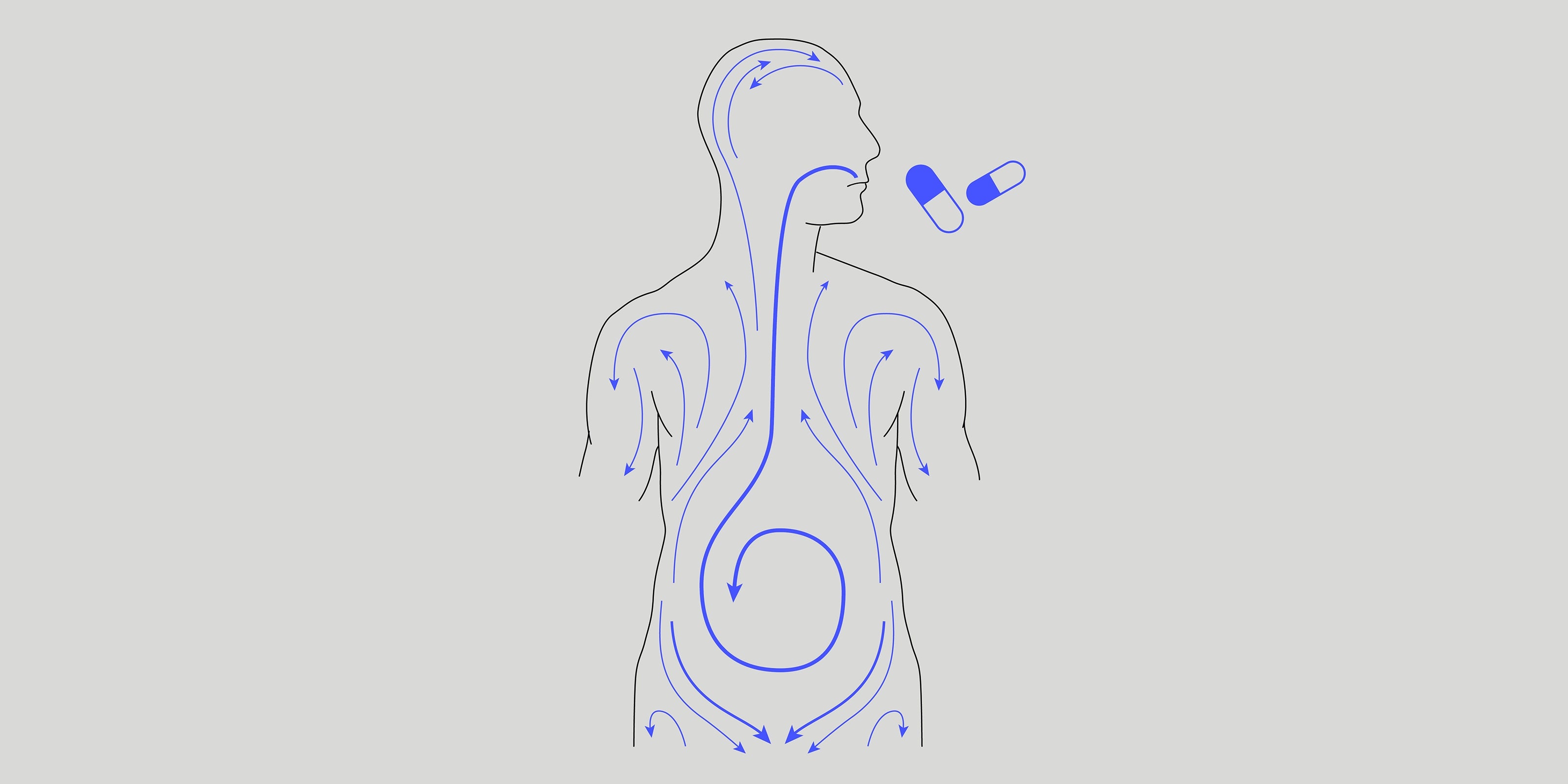
Treating Hair Loss with Finasteride
Finasteride helps treat hair loss by lowering levels of the hormone DHT. Although DHT is essential to the maintenance of male health, high concentrations of this hormone in people who are genetically susceptible to hair loss can trigger hair follicles to shrink. Fortunately clinical studies show that finasteride lowers DHT concentrations by about 70% (Zito et al., 2022). Learn more about using finasteride for hair loss.
Is Finasteride Safe to Use?
Studies show that finasteride can generally be taken without serious side effects. One cumulative review found the overall rate of side effects of finasteride to be 2.1-3.8%, compared to placebo (Mysore and Shashikumar, 2016). Oral medications are typically associated with a higher risk of developing side effects than topical formulations. However, there are some cases when oral finasteride might be a better option. Let's take a closer look.
In one long-term study, finasteride was found to improve or halt the progression of hair loss in over 90% of cases (Yanagisawa et al., 2019).
It's a newer form of the medication, but topical finasteride has been found to be just as effective as the oral medication (Gupta and Talukder, 2022).
Although they're uncommon, oral medications have been associated with a higher risk of systemic side effects such as sexual dysfunction, decreased libido and mood changes.
SiloxysSystem™ Gel helps control delivery of the medication and keeps finasteride in the skin. Less absorption of medication, lowered risk of side effects.
Usually one tablet, once a day.
Follow doctor-recommended frequency. Drip-free, fragrance-free and lightweight gel.
How Well Does Finasteride Treat Hair Loss?
of patients experienced clinically significant improvement in their hair loss after one year of treatment.
of patients successfully prevented the progression of their hair loss after five years of treatment.
of men who received a placebo (sugar pill) instead of finasteride, continued to lose their hair.
Starting Your Hair Growth Journey with XYON
We're proud to offer a full range of hair loss solutions, both prescription and over-the-counter, all accessible from the comfort of home. Here's what every XYON subscription includes.
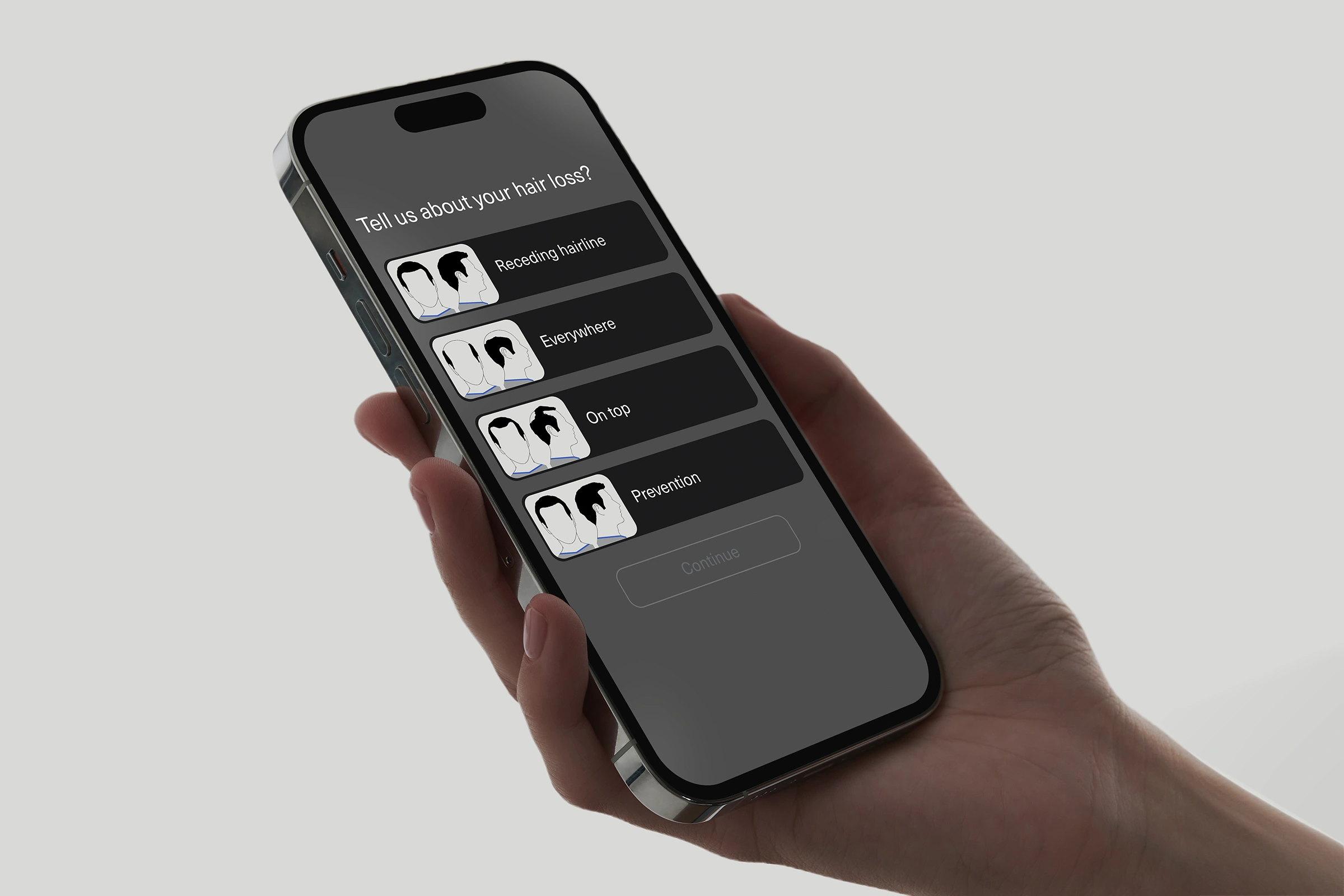
Access to Doctors
Each case is reviewed by a specialist physician who will recommend a treatment based on the information you provide. We're committed to your care.
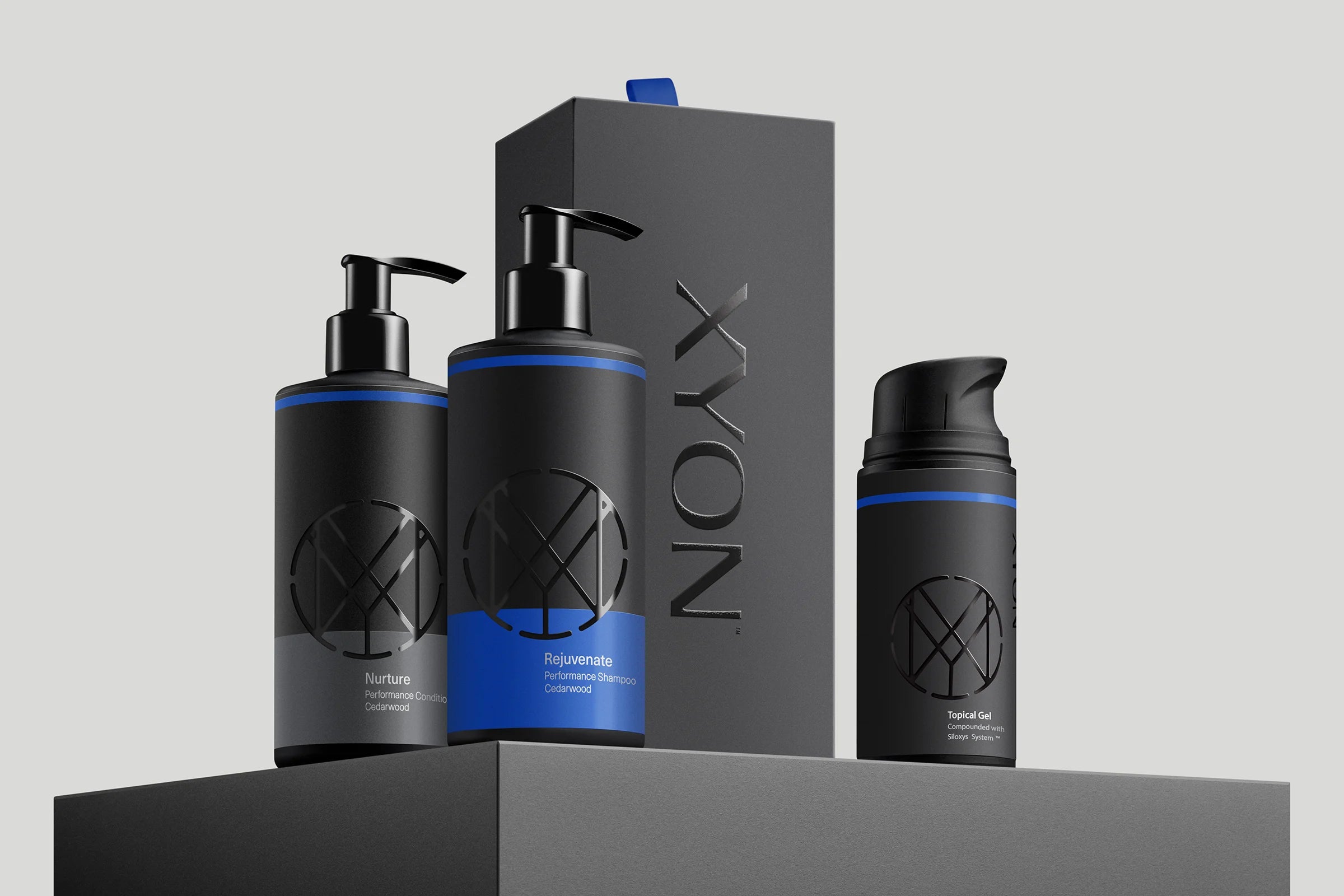
Personalized Treatments
No two people experience hair loss the same way. That's why we've partnered with compounding pharmacies to formulate treatments to meet your specific needs.
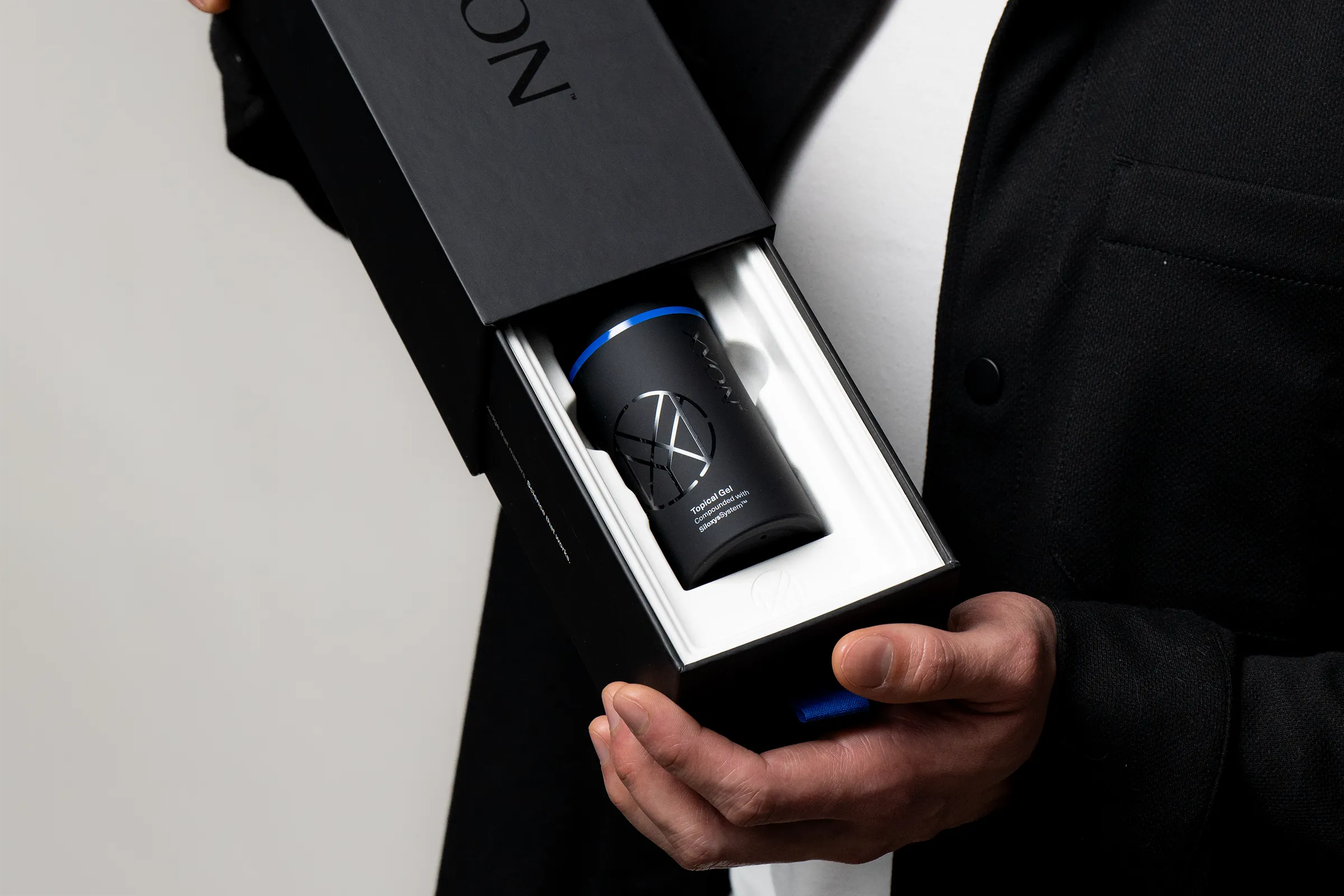
Direct to Your Door
For your convenience and peace of mind, we'll take care of every delivery and prescription refill. Because treating your hair loss shouldn't be full of surprises.
Frequently Asked Questions About Finasteride for Men
Find answers to some of the most frequently asked questions about finasteride.
Does finasteride actually regrow hair?
Based on available clinical studies and data, the medical community is confident that finasteride can prevent the progression of hair loss and encourage hair regrowth. If you want to read up on specific studies, just scroll up to the statistics. The original studies are always linked.
How long does this process take? In general, you'll need to take finasteride for approximately 6 months to see noticeable improvements. Your timeline could be slightly shorter or longer than this window.
Will finasteride make my hair fall out?
Finasteride shouldn't make your hair loss worse. But what can happen, is a temporary period of increased shedding or hair loss immediately after starting a new hair loss treatment.
This is referred to as finasteride shedding and in most cases, doesn't require any treatment. It should go away on its own, the longer you continue to use your treatment. If shedding gets worse or doesn't stop, it's important to alert your prescribing doctor.
Is oral finasteride or topical finasteride better?
This depends on the patient. Oral and topical finasteride are comparable in terms of efficacy. Either option could be an important step in helping to preserve your hair and bring out its full potential.
Where these two treatments vary is in their side effect profiles. Depending on the patient and their tolerance for side effects, topical finasteride might be the better option because these formulations are designed to reduce the absorption of finasteride into the body. In other cases, oral finasteride might be the preferred option because it's more compatible with the patient's lifestyle. If you're not sure whether topical vs oral finasteride is right for you, we recommend connecting with a doctor.
How much finasteride should I take for hair loss?
It's best to follow the dosing instructions provided to you in your prescription. In general, finasteride is taken as a 1mg tablet, once a day.
Can women take finasteride for hair loss?
Women can take finasteride for hair loss, but it's important to understand that this medication has not been FDA-approved for treatment in female patients. Finasteride can cause developmental harm to a male fetus, so it must be avoided if a woman is trying to become pregnant, is pregnant or nursing.
Learn more about finasteride for women.
How can I get finasteride for hair loss?
You can access finasteride for hair loss by starting a complementary virtual intake through XYON. During the intake, you'll answer some questions and provide photos of your hair to help the specialist physician assigned to your case determine if finasteride is right for you. If it is, they'll issue you a prescription which we'll work to fill and deliver.
Do I need a prescription to get finasteride?
Yes, unlike some other hair loss treatments, finasteride in oral or topical form both require a prescription. You can get a prescription by starting an online intake through the XYON platform.
How to Use Finasteride
How to use
When taking oral finasteride to treat hair loss, it's important to follow your doctor's dosing instructions. Finasteride can be taken with, or without food. Aim to take finasteride at around the same time each day.
How often
Typically, oral finasteride is taken once a day, but your doctor may give you specific dosing instructions. Always check your prescription.
Visit XYON's Medical Library
Want to learn more about finasteride and other hair loss treatments? Visit our Medical Library for a curated collection of doctor-reviewed articles on the topics that matter to you the most.
Shop men's hair loss
Hair Loss Solutions for Men
3-Month Supply
3-Month Supply
3-Month Supply
3-Month Supply
